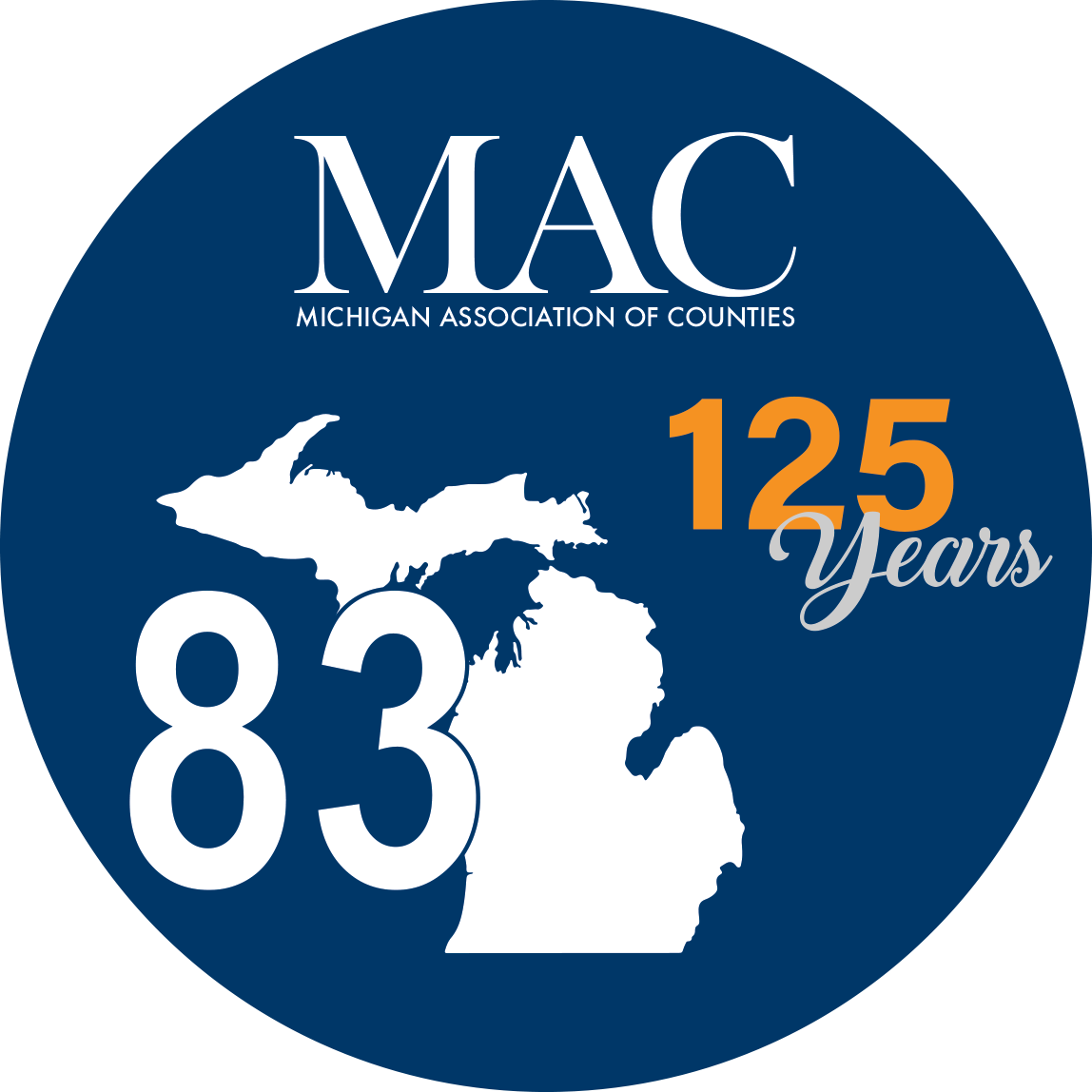Seven county commissioners will soon move their public service from the courthouse to the Statehouse, thanks to decisions of Michigan voters Tuesday night.
The representatives-elect are:
Grand Traverse County Commissioner Larry Inman will represent the 104th District.
Kalamazoo County Commissioner Dave Maturen will represent the 63rd District.
Kalamazoo County Commissioner Brandt Iden will represent the 61st District.
Monroe County Commissioner Jason M. Sheppard will represent the 56th District.
Oakland County Commissioner Jim Runestad will represent the 44th District.
Oakland County Commissioner Kathy Crawford will represent the 38th District.
Wayne County Commissioner Laura Cox will represent the 19th District.
All seven will serve in the now-enlarged ranks of the Republican caucus in the Michigan House of Representatives. MAC looks forward to working with them on key state policy issues affecting counties,
ranging from unfunded mandates to sentencing guidelines to transportation reform.



















